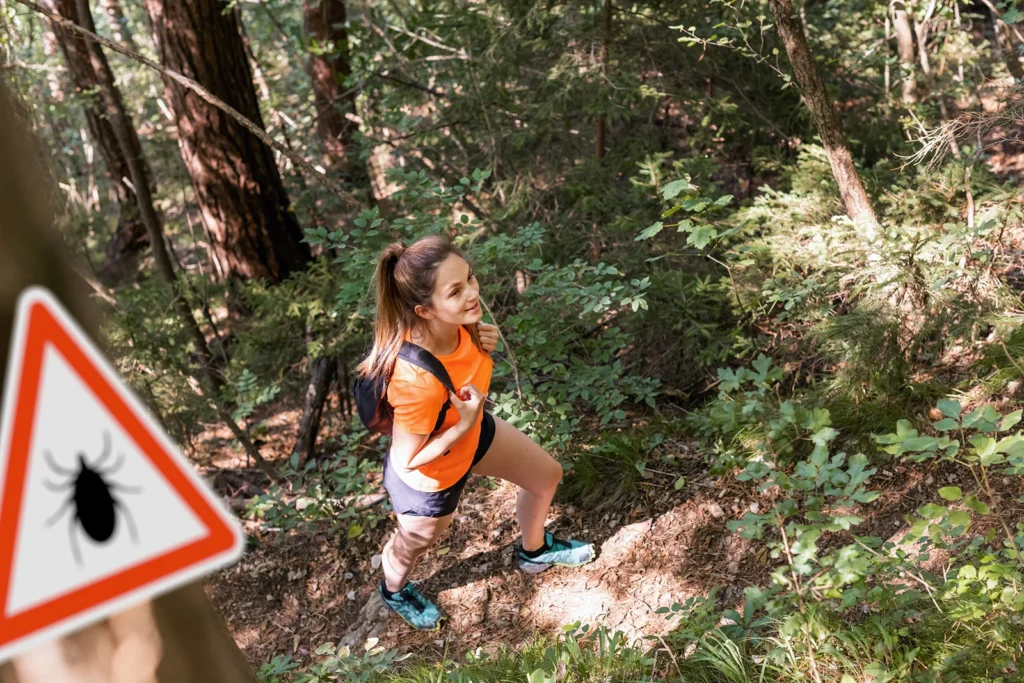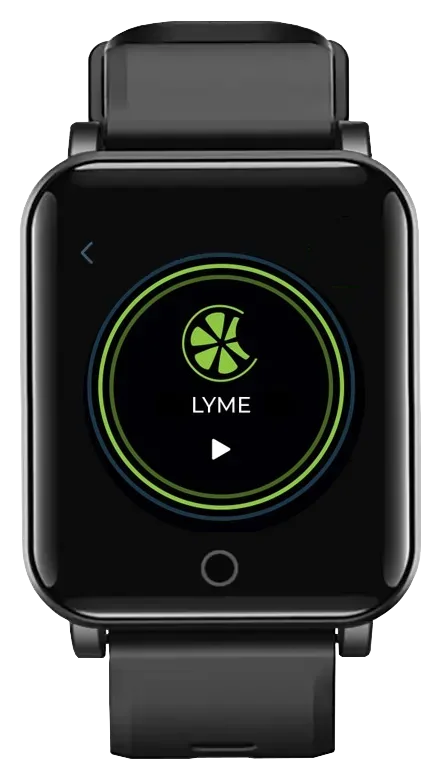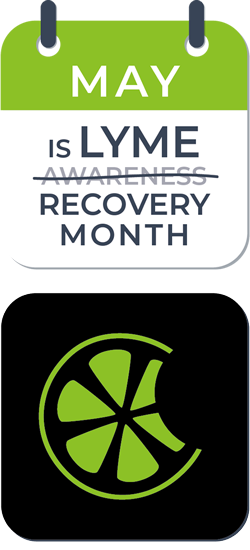The life and times of the blacklegged tick.
Every year, over half a million cases of Lyme disease are diagnosed, with the blacklegged tick being the primary culprit. These parasites, the size of poppy seeds in their youth and resembling sesame seeds as adults, can trigger a series of debilitating, whole-body symptoms from only a brief encounter. Compounding the issue, receiving an accurate and timely diagnosis is a struggle for the majority of patients. Shockingly, the average tick-borne disease patient waits two years and sees an average of five doctors before receiving an accurate diagnosis.
How can something so small cause so much grief?
Blacklegged ticks are patient, lacking the ability to jump or fly; instead, they rely on climbing onto grass or shrubs and await a passing host. Their preferred habitats are areas rich in moisture and shade, such as wooded or forested regions. However, ticks have greatly expanded their range in recent years. Blacklegged tick populations have been reported or established in forty-three states across the continental United States, and have also been found in Europe, northern Asia, northern Africa, and South America. That is to say, your location does not necessarily prevent you from contracting Lyme and other tick-borne diseases. This should underscore the importance of implementing preventive measures regardless of your geographical location.
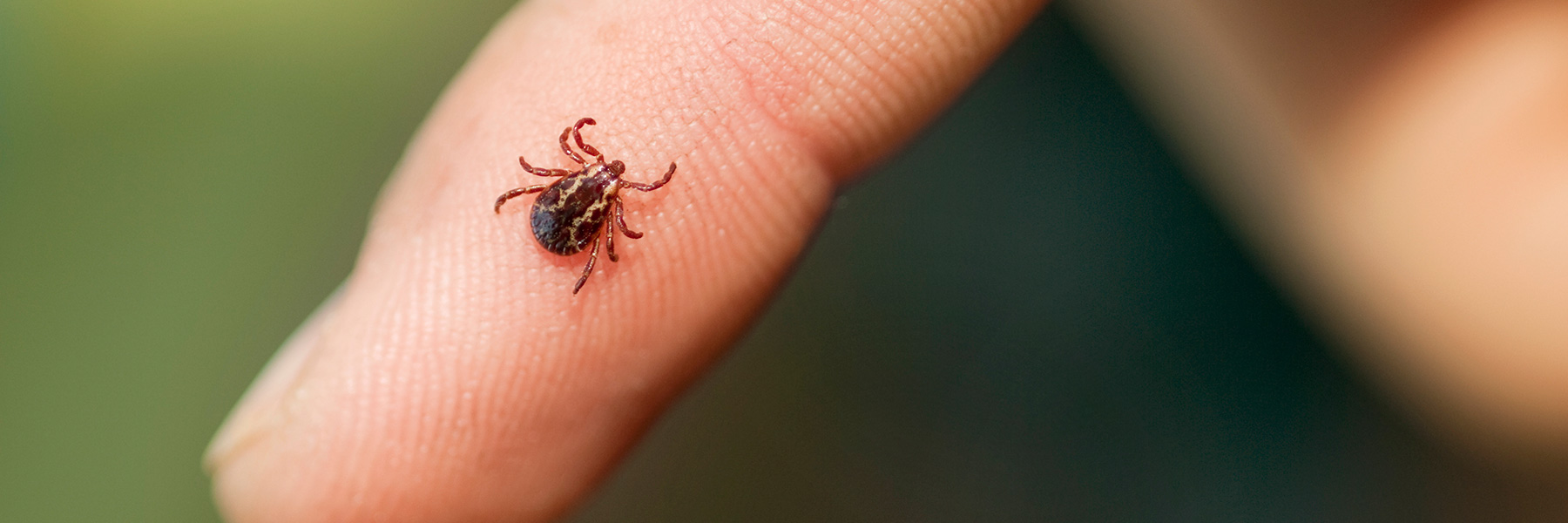
Bullseye!
While a bullseye rash (or EM rash) is often treated as the quintessential Lyme disease symptom- the truth is anything but. According to the International Lyme and Associated Diseases Society (ILADS), the appearance of these “tell-tale” rashes is highly variable. In fact, they report that less than 20% exhibit the classic “bullseye” appearance and that many patients don’t report or recall a rash at all.
Further, even with the appearance of an EM rash, it may be too late. The rash may not present for up to seven days (some can take up to a month)- and antibiotics are only reliably effective within the first 72 hours. For these reasons, it’s critical for doctors to consider the possibility of Lyme and tick-borne disease as a culprit for symptoms (even without the presence of a rash).
Prevention 101
The best way to deal with a tick bite is to avoid getting one in the first place. Prevention is key to minimizing the risk of encountering these tiny parasites and the potential diseases they carry. When venturing outside, don long-sleeved shirts and pants, and tuck your pants into your socks for added protection. Additionally, treating clothing with permethrin, which remains effective for 2-6 weeks, and using a repellent containing DEET, picaridin, IR3535, or oil of lemon eucalyptus can further deter tick bites. Vigilance is crucial in tick-prone areas, so frequent self-checks for ticks are recommended. Upon returning home, conduct a thorough examination of your entire body for any attached ticks. Remember to check behind your ears, in your hair, and the backs of your legs and arms!
I Was Bitten- Now What?
Ok, so you found a tick. First thing first: don’t panic. If you find a tick on your skin, the most urgent step is removing the insect. Though various tick removal tools exist (like a tick key), tweezers can do the job just fine. Grasp the tick as close to the skin as possible and pull upward with constant pressure. Avoid twisting or jerking, as this could result in parts of the tick breaking off and staying in the skin. Once the tick is removed, set it aside for the moment (but don’t throw it away!) and clean the wound.
By saving that tick- you’re giving yourself and your doctor more information about the vector. Now, you can send your tick in for analysis (we’ve listed a couple below). When you mail a tick to a laboratory, they conduct tests to identify Lyme and other tick-borne diseases. Typically, you’ll receive your results within 3-5 days. In the meantime, stay vigilant for symptoms, and if you notice a rash or feel ‘flu-like’, make sure to call your doctor.
Ultimately, while these small vectors may seem insignificant, their impact can be far-reaching. However, by implementing preventive measures, such as wearing protective clothing, using repellents, and conducting thorough tick checks, you can significantly reduce your risk of tick bites. Additionally, prompt tick removal and analysis, coupled with vigilant monitoring for symptoms, are essential steps in mitigating the potential consequences if you are bitten. Through awareness, preparation, and proactive measures, we can better protect ourselves and our loved ones from ticks and the diseases they bring.
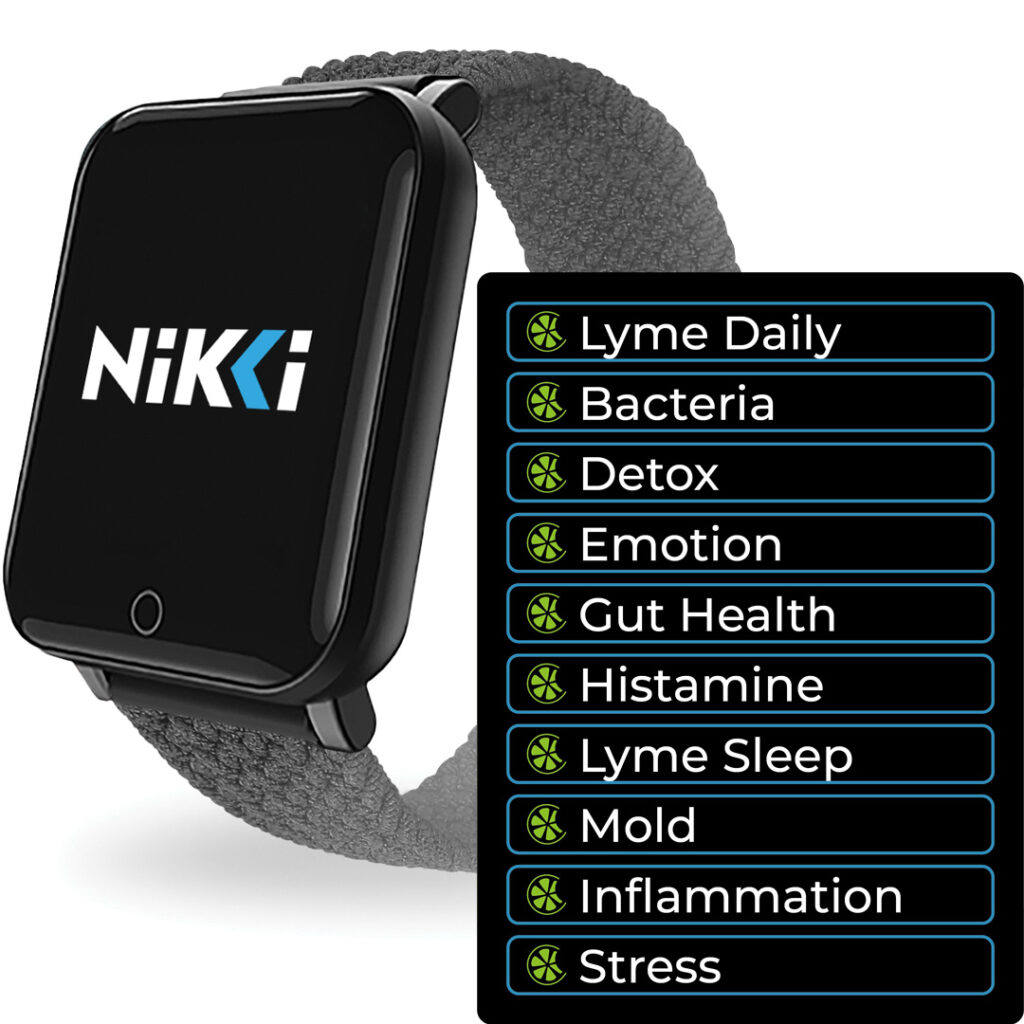
What’s Next?
Whatever the scenario is, wherever you are in your journey, here are some resources if you’re looking for info, support, or a helping hand with Lyme and other tick-borne diseases.
NIKKI LYME SUITE: Frequencies are key to communication within the network of trillions of cells that make up the human body. NIKKI is a watch-size, bioenergetic-based wearable designed to restore proper cellular function and strengthen immunity to help overcome the symptoms of Lyme Disease and co-infections. The Lyme suite includes Lyme Daily Frequency Set Bundle and nine Lyme Support Frequency Sets: Bacteria, Detox, Emotion, Gut Health, Histamine, Mold, Lyme Sleep, Pain, and Stress.
If You Want to Learn More: Project Lyme hosts regular, education webinars about diagnosis, treatment, scientific research, and everything in between.
If You’ve Just Removed a Tick: You can submit a picture of the tick to TickSpotters, a crowdsourced tick survey tool. It gathers information on tick encounters and provides users with customized risk assessment reports.
For a more comprehensive analysis, you can send the tick to laboratories like this one. Ticknology conducts tests to identify Lyme disease and other tick-borne illnesses.
If You Need a Doctor with Lyme + Tick-Borne Disease Experience: If you need a Lyme-literate medical practitioner (LLMD), the International Lyme and Associated Diseases Society (ILADS) offers a helpful provider search tool on their website that locates healthcare professionals near you who specialize in diagnosing and treating Lyme disease and other tick-borne illnesses. You can access that here.
If You’re Looking for Community: Dealing with these illnesses can be isolating, but you don’t have to face it alone. By connecting with others who understand what it’s like to live with Lyme and tick-borne disease, you can find solidarity, empathy, and strength in numbers. Here are a few places to start:
Global Lyme Alliance Peer to Peer is a free peer support resource for those affected by Lyme disease and other tick-borne illnesses. Whether you’re a patient, caregiver, or family member seeking guidance or someone to talk to, peer mentors who have firsthand experience with Lyme disease are available to provide support on your journey.
Generation Lyme hosts Lyme and tick-borne disease support groups. These forums are a great place to ask questions, share thoughts, or simply listen to connect with others facing tick-borne diseases.
Podcasts are another great way to connect with the larger Lyme and tick-borne disease community. A few of our favorites are Tick Boot Camp, Lyme Time, and our podcast- Bioenergetics Beat.
